5 Best Online Course Platforms to Grow Revenue
- What is Digital Engagement? 5 Best Online Course Platforms to Grow Revenue
Let’s start with a hypothetical. Say you’ve got some skills in an in-demand field—mad chops, like, so good it’s almost scary! Naturally, other people want them, too, and with the right online course platform, you can create and sell your own brilliant ideas.
That’s great! Since 2020 made virtual collaboration the norm, it’s easier than ever to share your knowledge with a global community… and get paid to do it. Your timing is perfect, but after a quick scan of the options, you’ve got a question.
How do I decide on the best online course platform for me?
To be honest, there are dozens of platforms out there, all serving a different need. Some are geared more toward creatives, while others offer amazing marketing tools. Some are endlessly customizable, while others use templates to get you up and running quick. Some let you control the data in your community. Your plan to spread knowledge (and monetize your mad skills) will have to wait, at least until you figure out where to host this game-changing course.
We’ve done the digging and picked out five gems from the heap—quite possibly the best online course platforms out there today. Then we broke them down so they’re easier to choose from, and the results are in.
5 online course platform options that serve a unique purpose.
1. Teachable
Teachable is widely considered one of the best online course platforms for beginners, since it has loads options to help first timers get started. You can build out simple courses with quick, pre-set template options and tips to get the most out of the program. And you also get access to student information, making marketing that much easier. But while it’s great for startups, you might want something more once you grow.
2. LearnDash
Next up is LearnDash, a learning platform that comes with one big advantage: It works with your existing WordPress website. That’s right, if you are one of the millions of people already hosting a website on WordPress, you can plug LearnDash right in. That does streamline things, but it also comes at a cost – you’ll need a bit of technical know-how to keep it running smoothly, in comparison to some other options.
3. Mighty Networks
Maybe the key to your success is a thriving, interactive community, one where you stay in constant contact with your members. Count Mighty Networks as a possible solution. You can use your existing social media following to build a network of potential students, and with live-streaming video uploads, your content will keep them engaged. When done right, your course could feel more like a social platform than school.
4. Skillshare
But what if the course you’re hoping to teach is in a creative field? Something like comic-book writing or… quilting… advanced finger painting? If that’s the case, you might want to check out Skillshare. With simple courses based on video lessons and projects to apply those lessons, it’s especially adept in creative fields. But, if the skill you’d like to share is more technical, you may need to look elsewhere.
5. Cause Machine
Enter Cause Machine, a purpose-built, all-in-one option. While other platforms can make it hard to centralize your digital footprint, Cause Machine is set up to do just that. Your website, podcast, events manager and online courses? They can all be in the same place. Members can interact with each other and take classes as a group, creating a more personal, engaged atmosphere, and whether your class is rooted in creative whimsy or hardcore data, you’re all set. Best of all, there’s no technical expertise required, and analytics are included, so it can grow as your business does. Check out some key features below:
-
Robust Event Management & Registration
-
Sell Online Video eCourses
-
Members-Only Original Content
-
Connect With Other Subscribers
-
Take Classes Together
In short, picking the best online course platform for you is an important decision, but it doesn’t have to be a chore.
Cause Machine Solutions
Here at Cause Machine, we help organizations solve complex community engagement problems/questions. We use these disciplines of innovation ourselves in our own development process and have helped lead many organizations through their own process of innovation discovery. Leveraging the Cause Machine platform for engaging your community helps you be confident that the foundations of this platform are built on time-tested best practices of great processes like innovation and design thinking. Schedule a FREE demo today!
Related Content


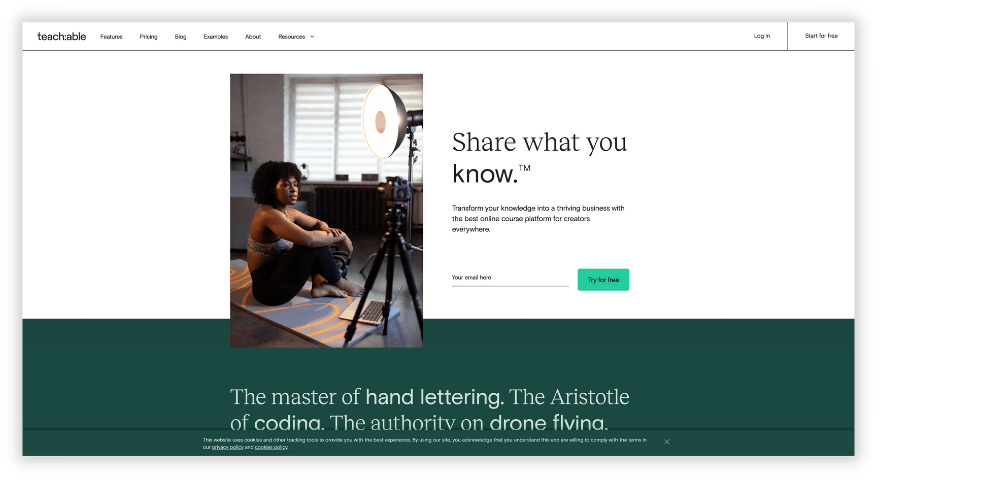
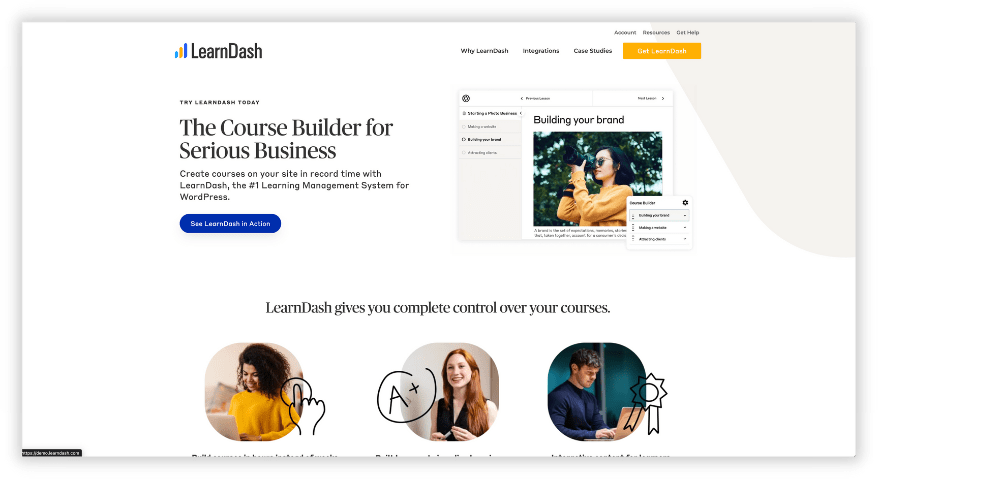
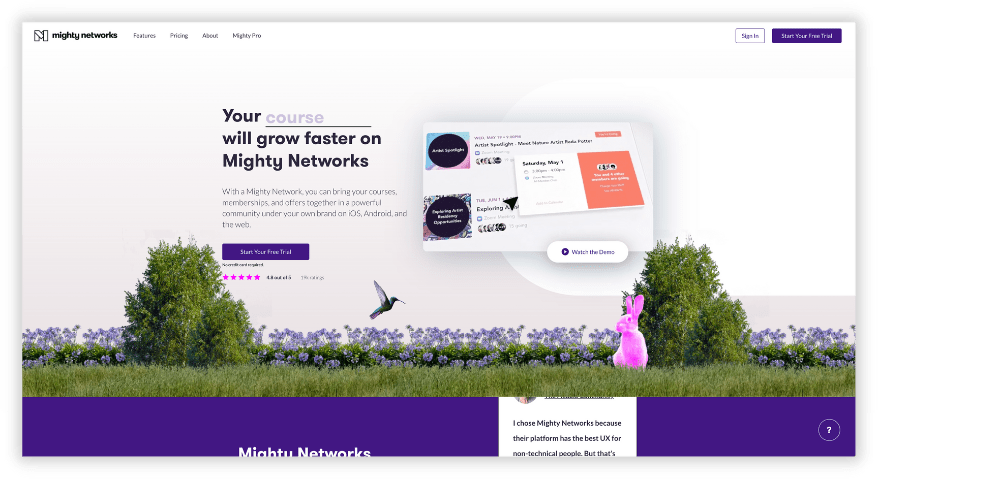
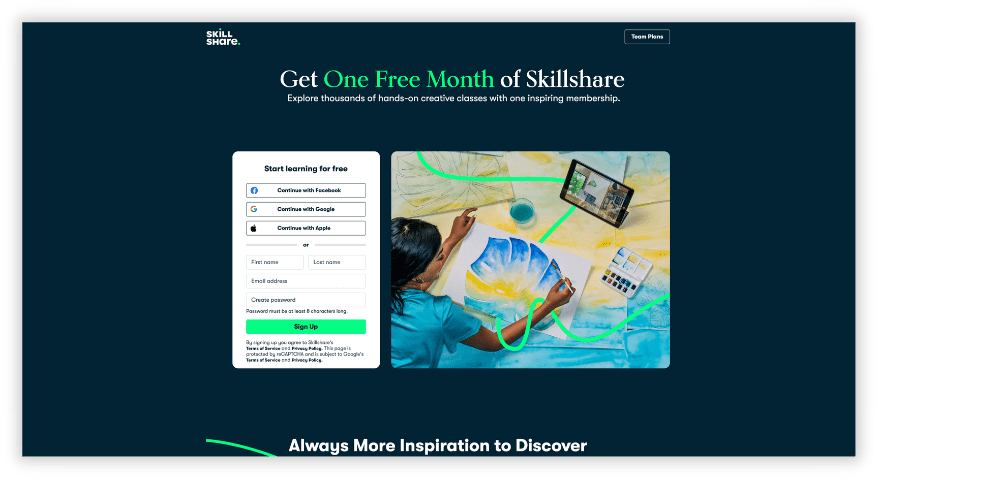
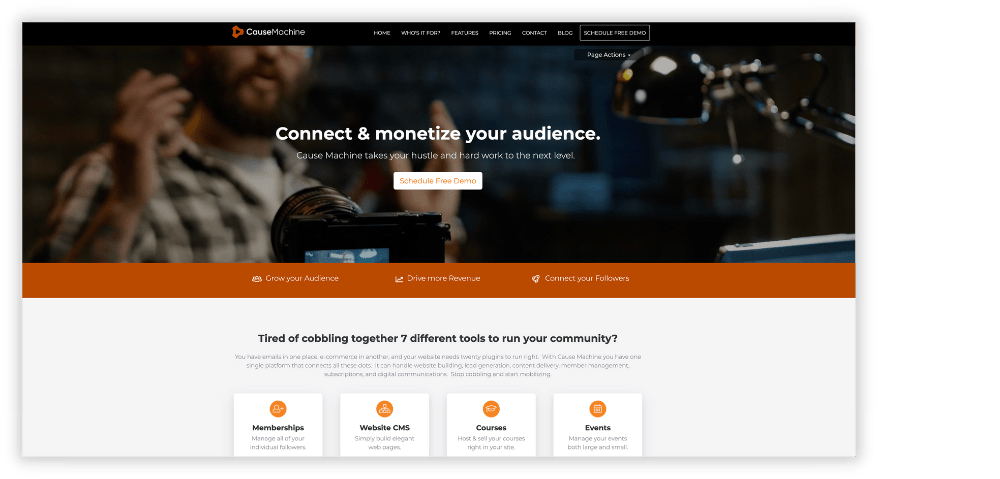

Comments